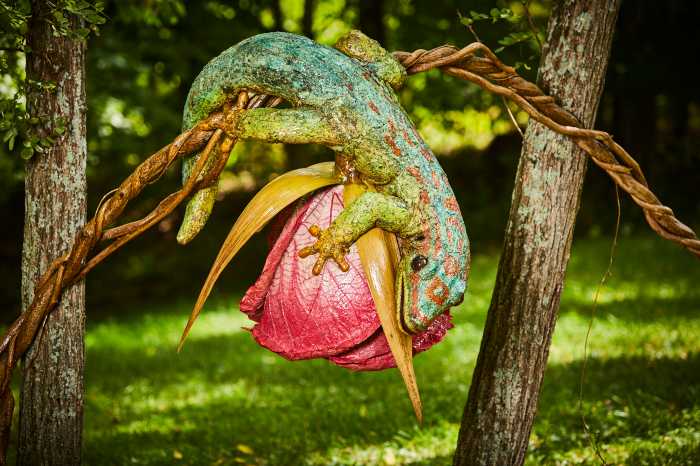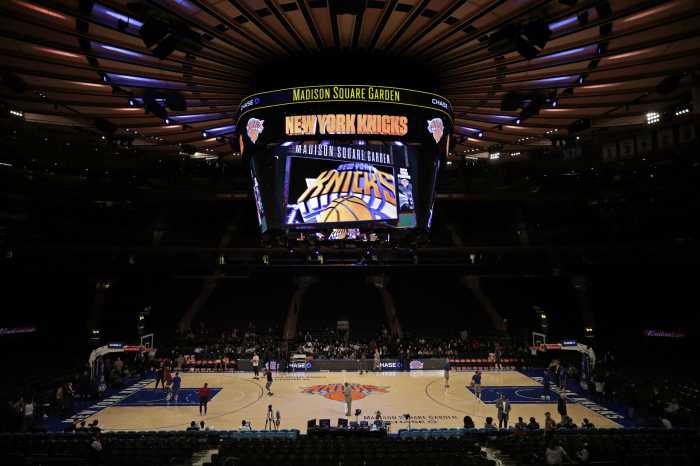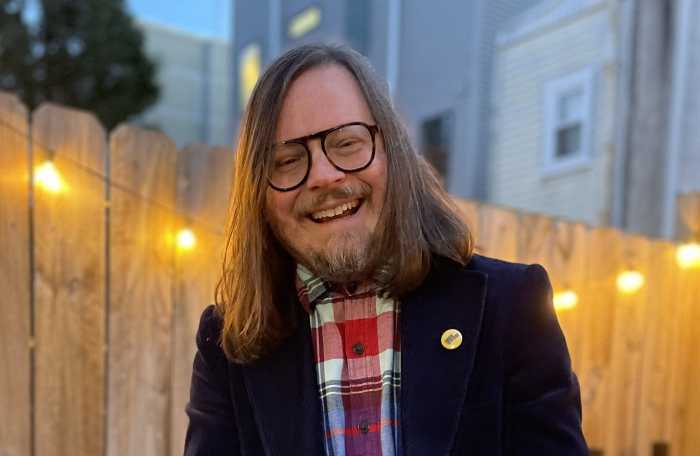I don’t usually write opinion pieces. While I interject my thoughts into the articles I write, I try to take an objective stance on the topics I cover. But this is different. This one stings a little more. We’ve all had time to digest the news of the untimely death of former Philadelphia Phillie and Toronto Blue Jay Roy Halladay. I’ll start with the objectivity before giving way to my personal thoughts.
Halladay finished his career with nearly 100 more wins than losses and 3.38 ERA. He took home two Cy Young Award, one with each the Phillies and Blue Jays. That feat made him just the fifth pitcher in Major League Baseabll history to win the award in both leagues. His time in Philadelphia was short, just four seasons long, in fact, but was impactful, and more importantly, dominant. He won 40 games from 2010-2011, posting 2.44 and 2.35 ERA’s in the process. He led the league in complete games both seasons, throwing nine in 2010 and eight in 2011. After winning the Cy Young in 2010, he finished in second in 2011, falling to eventual winner Clayton Kershaw, a formidable foe.
That’s all the statistical analysis you need to know about Doc. This isn’t meant to be an data driven piece. Instead, I want it to be a reflection of the life of a man who was beloved in two towns.
I sit here, nearly 24 hours after Halladay’s death, and I still find it hard to come to terms with. Roy Halladay was the first star that my generation grew up watching that passed. When you lose a player you idolized to old age, it stinks, but you’re able to accept it. When a player like Roy Halladay, a 40-year-old man with so many good years left ahead of him, is taken of the Earth in a tragic accident, you begin to dwell a little longer than usual. To put it simply, this one hurts me. I found myself on the brink of tears when I heard the news.
Watching Roy Halladay pitch and his demeanor off the field, it was clear there were two sides to Roy Halladay.
I don’t have a recollection story about meeting Roy Halladay. I’ve heard memories of how he once gave a fan his sandwich who was hungry, and how Doc sat for hours signing every single fans memorabilia, and how he was simply the most humble guy that a fan could want to meet. In fact, I never met the man. As much as I would have loved to have shared a deep, intellectual conversation with one of the true students of the game, I never got that chance. Everything that fellow Phillies fans have announced over the last 24 hours, however, have led me to have a better understanding of Roy Halladay, the person.
This is a man that, when the Phillies were putting together the modern day Atlanta Braves staff of the 1990’s, refused to do a cover photo shoot with Sports Illustrated. Why? Because SI wanted to run a piece on what the league was calling the “Four Aces”, a group comprised of Halladay, Cole Hamels, Cliff Lee and Roy Oswalt. Halladay refused to be on the cover until the magazine agreed to place the fifth member of the rotation, Joe Blanton, in the picture with him.
What I do have are fond memories of a man who inspired me to be the best self I could. When you watched Doc’s approach to the game, it was easy to understand why fans flocked to watch him pitch. He was a surgeon, working his craft with a fine, pinpoint precision. Each pitch was meaningful. Each location had a purpose. I idolized the way that Doc approached the game in that sense. He had an air about him that screamed professional pitcher, and he also took it upon himself to be better each time he took the mound.He helped me see the finest, not just the finer, points of pitching with a purpose.
The difference between Roy Halladay, the man, and Roy Halladay, the pitcher, were evidently clear. Despite his welcoming ambience as a person, there’s no denying that Doc was a completely different person on the field. In fact, I don’t know if the breed of animal that Doc became on the field could be classified as human. I say that in the most endearing tone possible, as we had the pleasure of watching the man transform into the laser-focused beast when he took the mound. It was his duty to get as many outs as possible, and anyone standing in his way of said feat would be hunted down in the swiftest manner achievable. You didn’t speak to Roy Halladay during the game, you didn’t look at Roy Halladay during the game, you didn’t even dare breathe the wrong way around Roy Halladay during the game. He was a man on a mission and determent of that mission, whether friend or foe, was met with the utmost hostility.
I’ve always attempted focused my energies the same way Doc did on the field. Doc didn’t accept the “just a game” theory, and neither did I. He helped me understand that there was no sense in doing something if you weren’t going to do it to the best of your ability on the field. One example always stood out to me. Roy Halladay, for all his successes as a pitcher, lamented, maybe more than anything, the fact that he was a sub-par hitter. He took it upon himself to become a better hitter when he entered the National League. Imagine a guy that was the top of his craft for 65 straight starts in pinstripes, frustrated with himself because he couldn’t hit. That’s the kind of player Roy Halladay was.
Brandon McCarthy said it best on Twitter yesterday. He tweeted: “Roy Halladay was your favorite player’s favorite player. A true ace and a wonderful person. Heartbroken for those who knew him best.” That opening statement sits with true baseball fans. He was your favorite player’s favorite player. That’s how well respected the man was throughout the league. You’d never lose a game if you had a team of 25 Roy Halladays and Chase Utleys. They’d simply will your team back to victory every day.
My favorite story I’ve heard about Roy Halladay was his first contact with new teammate Cole Hamels after being acquired by the Phillies that offseason. There was about a week until pitchers and catchers were set to report to Clearwater for Spring Training. Hamels phoned Halladay and told him how much he was looking forward to getting down to Florida in a week’s time and begin working with Halladay. Halladay responded in only a way he could, saying that he was already in Clearwater working out and getting ready for the season. I truly think that left a lasting impact on Cole Hamels, who seemed to work harder and was more determined from 2010 on.
Roy Halladay was an on-field role model in every facet of the word.
After Roy Halladay retired, he didn’t deter his passion for his craft, he simply changed the craft he was working on. Halladay came into possession a small plane after having began his training in 2016 to become a pilot. From all accounts, Halladay loved to be in the air. This was simply his next surgical procedure, one that he would undertake with the scrutiny and precision that he dedicated to baseball throughout his career.
I know I jumped around a bit in this piece, but it’s difficult to articulate your feelings in a succinct manner when you’re devastated like this and when your mind is racing 100 miles per hour, trying to get everything thought you have on a man who was an impact on your life so positively in a concrete way. I understand that I was able to jot down 1400+ in this piece, but I’m still finding a hard time coming up with the right ones at the right time. I’ve been minimized to a person who can put words on a page in way that make sense. I’m not a baseball writer today, because I find it difficult to speak in baseball terminology. Stats don’t matter today. Advanced metrics that only the die-hard fans and analyst understand don’t matter today. What matters is the understanding that our world lost a man who was both an incredible pitcher and an ever better individual.
Roy Halladay is destined for the Hall of Fame, even if it is posthumously. While he’ll likely go into Cooperstown with a blue and white T across the front plate of his hat, he’ll always hold a special place in the hearts of Philadelphia fans forever for his work ethic and dedication to his craft. At 40-years-old, Doc is gone far too soon.
Mandatory Credit: Nick Turchiaro-USA TODAY Sports


























